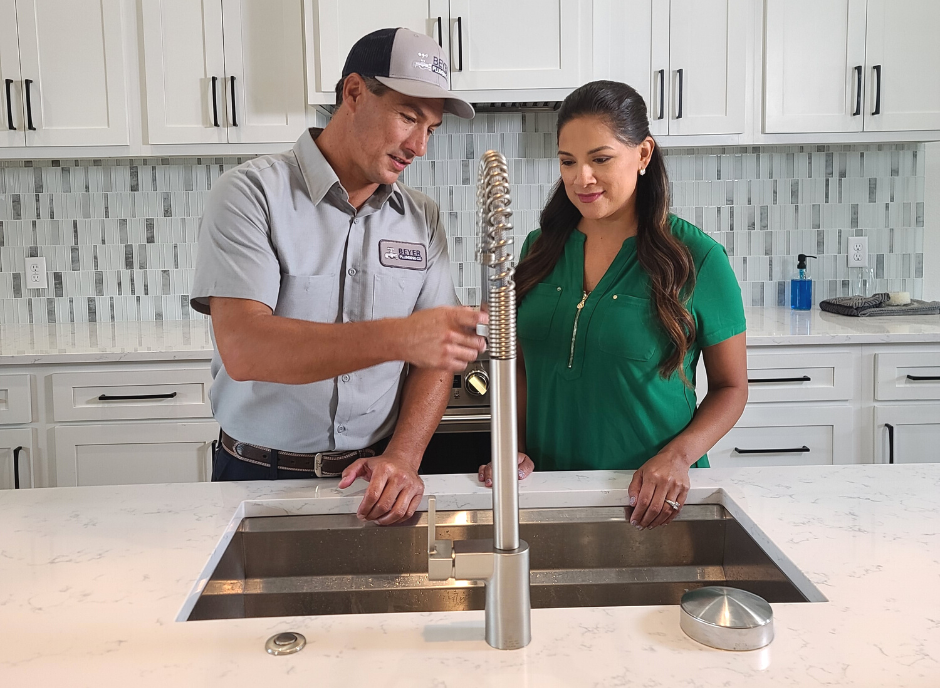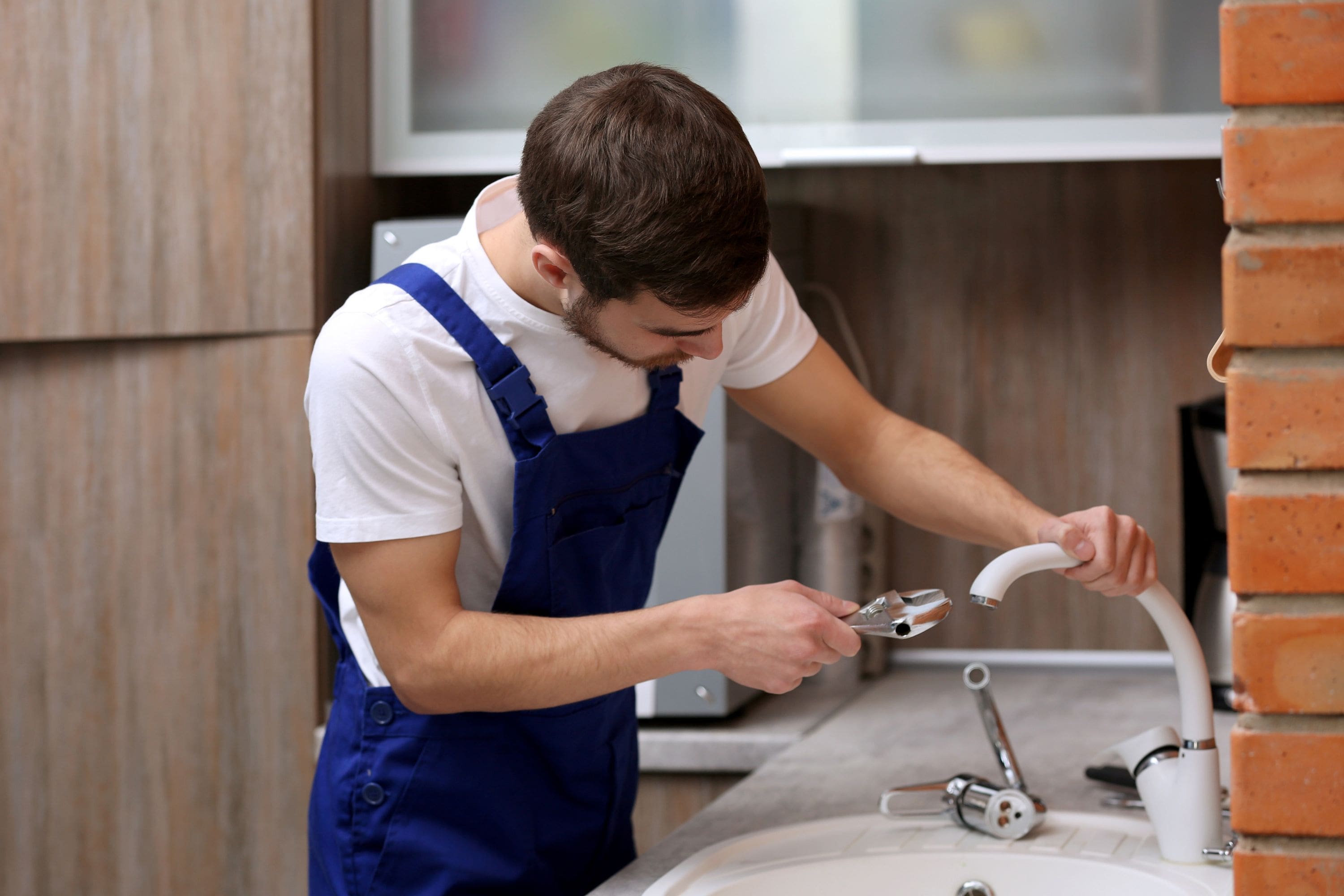How It's Required to Fix a Dripping Faucet
How It's Required to Fix a Dripping Faucet
Blog Article
Listed here down the page yow will discover a lot of helpful points related to Water Dripping from Faucet: Why and How to Fix.

Leaking faucets might look like a minor hassle, but their impact goes beyond simply the aggravation of the audio. From drainage to incurring unnecessary economic expenses and health and wellness risks, ignoring a dripping tap can cause different consequences. In this write-up, we'll explore why it's crucial to resolve this common house problem promptly and successfully.
Wastage of Water
Ecological Impact
Leaking faucets contribute dramatically to water wastage. According to the Epa (EPA), a solitary faucet trickling at one drip per second can throw away more than 3,000 gallons of water each year. This not just stress water resources yet likewise affects ecological communities and wildlife dependent on them.
Financial Prices
Enhanced Water Costs
Beyond the environmental effect, leaking taps can pump up water costs significantly. The accumulated waste over time equates right into higher utility expenditures, which could have been stayed clear of with timely repair work.
Potential Building Damages
Furthermore, prolonged dripping can lead to harm to components and surface areas bordering the faucet. Water accumulation can create staining, deterioration, and even architectural problems if left neglected, resulting in extra repair expenses.
Health Worries
Mold And Mildew and Mildew Development
The constant existence of dampness from a dripping faucet creates an ideal environment for mold and mold development. These fungis not only compromise indoor air high quality yet additionally pose health threats, specifically for people with respiratory conditions or allergies.
Waterborne Illness
Stationary water in trickling taps can become a breeding ground for germs and various other microorganisms, enhancing the threat of waterborne illness. Contaminants such as Legionella germs grow in stagnant water, possibly resulting in significant diseases when consumed or breathed in.
Do it yourself vs. Professional Fixing
Advantages and disadvantages of DIY Fixing
While some may attempt to take care of a trickling faucet themselves, DIY repair services feature their very own set of challenges. Without appropriate understanding and devices, do it yourself attempts can worsen the problem or bring about insufficient fixings, prolonging the problem.
Advantages of Working With a Specialist Plumber
Working with a specialist plumber makes certain that the underlying source of the trickling tap is attended to effectively. Plumbings possess the know-how and tools to diagnose and repair faucet concerns effectively, saving time and minimizing the danger of more damage.
Step-by-Step Guide to Dealing With a Dripping Tap
Tools Called for
Before attempting to take care of a trickling faucet, gather the essential tools, including an adjustable wrench, screwdrivers, replacement parts (such as washing machines or cartridges), and plumber's tape.
Common Faucet Issues and Their Solutions
Determine the kind of faucet and the certain concern causing the drip. Common troubles consist of worn-out washers, corroded valve seats, or damaged O-rings. Describe maker instructions or online tutorials for step-by-step support on fixings.
Safety nets
Routine Maintenance Tips
To avoid leaking taps, perform routine upkeep such as cleaning up aerators, examining for leakages, and replacing worn-out parts immediately. In addition, take into consideration installing water-saving tools or updating to extra reliable components.
Importance of Prompt Services
Addressing leaking faucets as soon as they're seen protects against additional water wastefulness and potential damage, inevitably conserving both water and money over time.
Impact on Home Value
Assumption of Well-Maintained Residential Property
Preserving a home in good condition, including attending to maintenance problems like dripping faucets, boosts its viewed worth and worth among prospective purchasers or tenants.
Impact on Resale Value
Characteristics with well-kept plumbing components, consisting of taps, command greater resale worths in the property market. Addressing trickling faucets can add to a positive impact throughout residential property examinations and arrangements.
Ecological Duty
Specific Payment to Preservation
Taking obligation for taking care of trickling taps lines up with broader efforts towards water preservation and environmental sustainability. Every person's activities collectively make a significant influence on protecting precious sources.
Lasting Living Practices
By prioritizing punctual repair work and adopting water-saving routines, individuals add to sustainable living methods that profit both existing and future generations.
Conclusion
Attending to a dripping tap exceeds plain benefit; it's a crucial step toward preserving water, reducing monetary expenses, and guarding health and residential property. Whether via do it yourself repairs or specialist aid, taking action to fix dripping faucets is a small yet impactful method to advertise liable stewardship of resources and contribute to a healthier, a lot more lasting future.
How to Fix a Dripping or Leaky Faucet
A leaking faucet is one of the most common problems that homeowners encounter, but it being commonplace doesn’t make it any less annoying. The constant drip drip drip of a leaking bathtub faucet, showerhead, or sink tap can disturb your home’s serenity. Left neglected, a dripping faucet can also result in higher water bills and discoloration or mold growth in your sink or plumbing fixtures.
Fortunately, you don’t have to be a trained plumber to know how to stop a dripping faucet. With some basic tools, replacement parts, and a little patience, leaky faucet repair is a breeze. In this article, we’ll explain what causes dripping faucets and how you can fix them.
What Causes a Leaking Faucet?
Kitchen and bathroom faucets come in all manner of designs, but most involve some combination of valves, O-rings, seals, and washers. The O-ring is usually the weakest link, but any one of these pieces can wear down over time. Heat, moisture, temperature fluctuations, minerals, mold, and movement can contribute to warping and corrosion, breaking the watertight seal. This just comes with the territory of being a homeowner. Everything is always subject to wear and tear, and some component parts of your appliances and fixtures need to be replaced on occasion. At least replacement O-rings are cheap!
More rarely, dripping faucets can be a symptom of excessively high water pressure. Were this the case in your home, you would probably notice that the leak is not isolated to one faucet. Water pressure issues are harder to resolve on your own. We recommend contacting a professional plumber if you suspect your water pressure is too high.
How to Fix a Dripping Faucet
Pipe wrench or monkey wrench Allen wrench set Screwdrivers Old towel or rag Shut off the water.
Before you do anything, you need to turn off the water to keep from drenching your kitchen or bathroom. You should find a valve under the sink and against the wall. Once you’ve turned this valve, try turning the faucet on to confirm that the water source has been cut off.
If you can’t locate your local valve for the faucet you’re working on, you can always shut off the water to the house at the main valve. Of course, this will prohibit anyone from using the sinks, showers, or toilets while you’re working on the faucet that’s giving you trouble.
Plug or block the drain.
You’ll be disassembling the faucet and removing some small bits of hardware. Plug the drain with a stopper or rag to avoid the possibility of a small screw falling into your P-trap.
Take apart the faucet assembly.
There are several varieties of kitchen and bathroom faucets, each with its own manner of assembly. For detailed instructions on how to disassemble your faucet, you can refer to the fixture’s manual or contact the manufacturer. If you know whether you have a ball, disc, cartridge, or compression faucet, you can find detailed schematics online.
In general, you need to begin by removing the faucet handles. You might notice a small screw that you’ll need to remove with a screwdriver or Allen wrench. If you don’t see any visible securing hardware, it’s likely hidden under a decorative cap that can be unscrewed or popped off with flathead screwdriver.
Remove each piece methodically, consulting a schematic when necessary. Take notes or arrange the pieces in such a way to make it easier to correctly reassemble the faucet later.
Remove the cartridge.
Once you’ve removed the handles and securing hardware, you should be able to remove the valve cartridge or stem. Some cartridges will slide right out. Other faucet models will require you to loosen a nut with a pipe wrench before you can remove the valve stem.
Examine the exposed hardware.
With the cartridge or stem removed, inspect the component parts. Check the rubber O-rings for wear and tear. Also examine the seat washer for corrosion or other damage. These pieces are usually the responsible parties for a dripping faucet, but it’s worth inspecting the other component parts while you have the faucet disassembled.
Find replacement parts.
Once you’ve identified which faucet component has failed, find an identical replacement. Your local hardware store should have O-rings, seat washers, and other standard components in stock. If you have a luxury or uncommon faucet, you may have to contact the manufacturer for a replacement part.
It’s a good idea to take your old parts with you to the hardware store so you can compare them with the store’s inventory and be sure you’re purchasing the correct replacement.
Reassemble the faucet.
With your new parts in hand, reconstruct the faucet and handles. Don’t be tempted to overtighten screws or nuts. You might think this could create a better seal, but it can instead damage or bend a delicate part of the assembly and create a new problem for you.
Turn on the water and test the faucet.
The only thing left to do is test your work. Unplug the sink, turn the water back on, and try the faucet. Congratulate yourself on a job well done!
https://www.libertyhomeguard.com/how-to-fix-a-dripping-or-leaky-faucet/

We hope you enjoyed reading our part about Why Are My Faucets Dripping (And Can I Fix It Myself)?. Thanks for taking the time to read our short article. Feel free to take the opportunity to distribute this blog entry if you appreciated it. Thank you so much for going through it.
Report this page